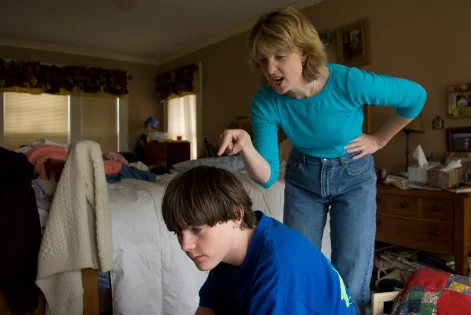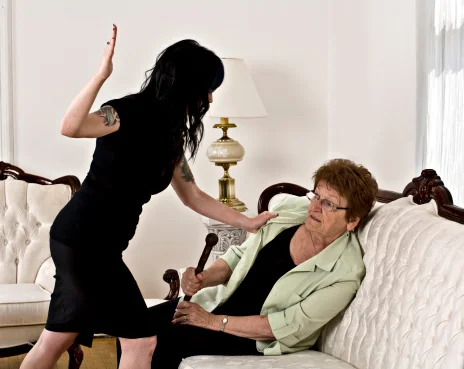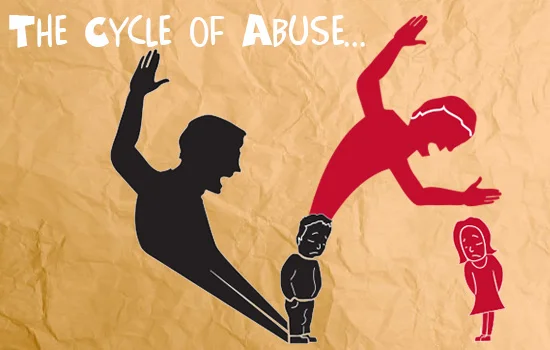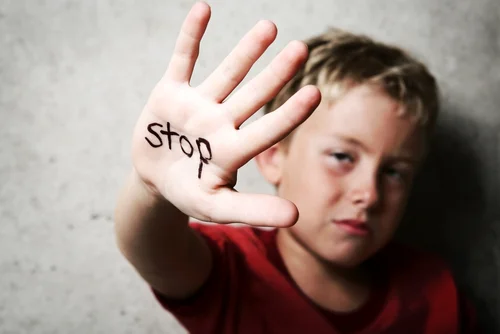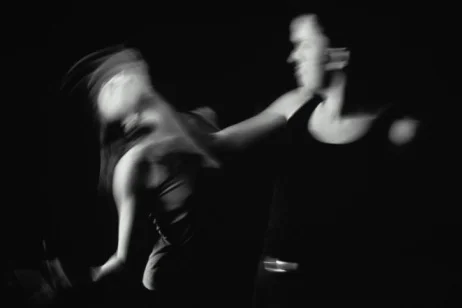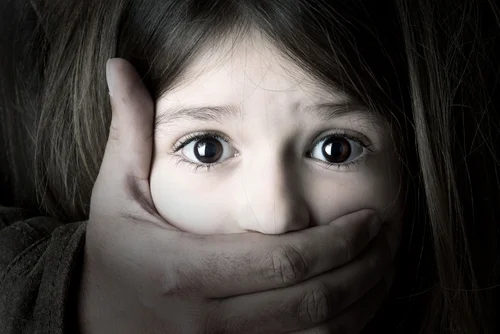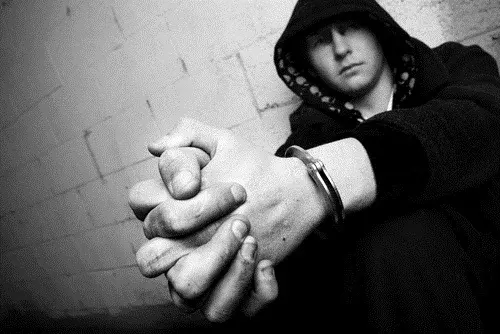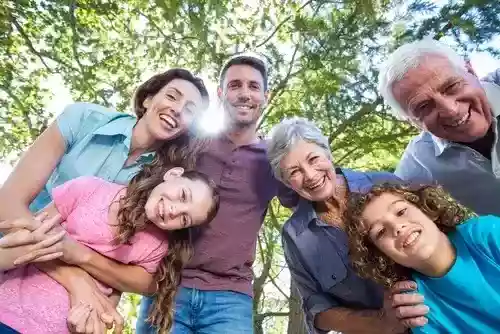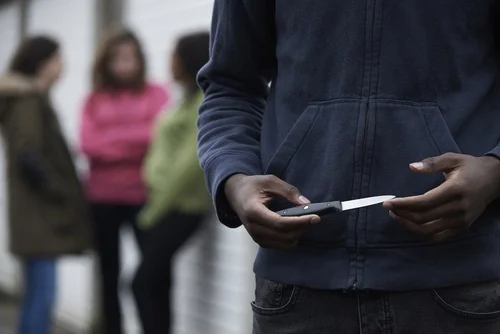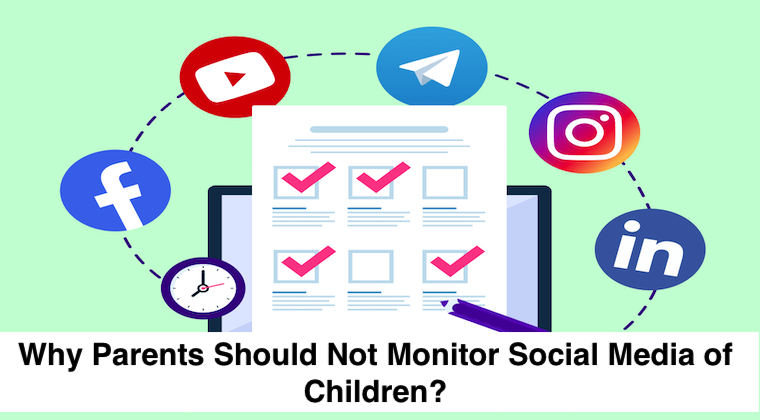+1 845 259 2974 (11 a.m to 7 p.m CST)
Domestic Violence Victims: Know Your Rights
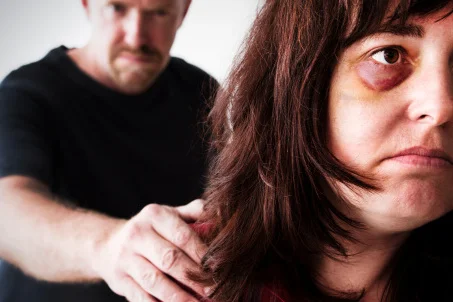
Being abused by a loved one is not only frightening and degrading, but also an act of crime. Despite having second thoughts about your abuser, you should take help from the legal system, which is the best way to protect yourself and your kids. For this purpose, it is important to be aware of the domestic violence laws. In 1994, Congress passed the Violence Against Women Act or VAWA, which recognized domestic violence as a national crime, that can be taken up at the federal level.
However, before exploring the legal issues in domestic violence, let’s have a look at the rights of a domestic violence victim, under the 42 U.S.C. Section 10606(b):
- The victim should be treated with fairness and respect
- The victim should be protected from the accused abuser
- The victim should be made aware of the court proceedings of his/her case
- The victim has the right to be present at all court proceedings
- The victim should be provided with an attorney by the government if asked
- The victim has the right to information about the decision made regarding the offender
The Legal Procedure
Domestic violence is no longer a private matter between the adults. It is a criminal offense which requires a thorough legal procedure.
First Step: Civil Protection Orders
In face of violence, the first step a victim should take is to get out of the house and get a restraining order against the offender. The order will help the victim to keep the offender at bay and protect himself\herself and his\her children for a certain period of time. However, this may not be effective in cases where the offender is a violent, substance abuser and has no regard for law. Restraining orders may also prove ineffective in cases where they are not properly followed up by the local police.
Step Two: The Arrest
In extreme cases of violence, the police deploy pro-arrest or mandatory arrest policies. This is a controversial way of restricting the offender, but can be necessary in certain circumstances. This way the victims are convinced that they cannot take violence lightly, particularly when there are kids involved. However, studies have shown that such arrests are temporarily beneficial, where the offender, often, gets back to its violent activities, once released. Therefore, the best way is to arrest the offender and present him/her in front of the court of law.
Step Three: Prosecution
After the arrest, begins the procedure of prosecuting the offender. The first step is to keep the offender from getting the bail. This will give the victim and children more time to seek protection from the domestic violence shelters. Before that, the victim is provided with an attorney if they are unable to afford one. Then begins the trial which is followed by the sentencing of the offender.
Help for Domestic Violence Victims
Help is available for all domestic violence victims – mothers, fathers and children. The aim is to rescue them from an abused life and help them restore normalcy in their lives.
Domestic Violence Hotline
Call: 1-800-799-SAFE
National Coalition Against Domestic Violence
Call: 1-303-839-1852
National Victim Center
Call: 1-800-FYI-CALL
National Organization for Victim Assistance
Call: 1-800-TRY-NOVALocal assistance
Police Department
Call: 911
Source: United States Department of Justice, Federal Domestic Violence Laws

